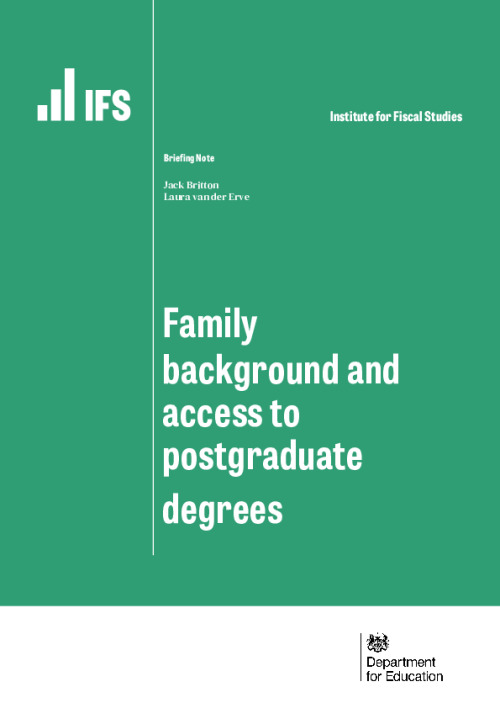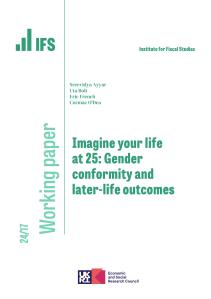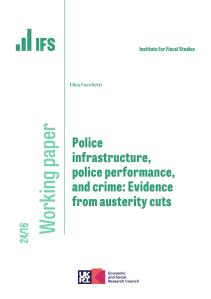This Briefing Note uses linked administrative data to investigate gaps in access to postgraduate degrees. The numbers of students progressing to postgraduate study are increasing rapidly, such qualifications could therefore be an important driver of differences in early career opportunities. Yet while there has been significant attention focussed on access to undergraduate study in the UK, there has been very little equivalent work on postgraduate access. Investigating this topic is especially important given the environment of unregulated fees and – until recently – a lack of availability of student loans. We investigate access to postgraduate study – including masters, PhDs and PGCEs – by age 30 for those who left secondary school in the mid-2000s. We outline our key findings below:
Key findings
There are very large gaps in access to postgraduate degrees. Of those coming from the most advantaged quintile of state-educated students in England, around 18% proceeded onto postgraduate study, while the equivalent share for the privately educated is 27%. For the poorest quintile of state students, just 4% proceed to any postgraduate study.
Almost all of the gaps can be explained by attainment in school. While there are large raw gaps in participation, these differences are roughly halved once controls for Key Stage 2 (age 11) attainment are included. Once controls for Key Stage 4 (GCSE) attainment are included the 14ppts raw gap becomes just 1ppts. Key Stage 5 (A level) controls reduce this yet further.
Taking university attainment into account means poorer students are actually marginally more likely to progress onto postgraduate study. Conditional on Key Stage 2, 4 and 5 scores as well as university degree classifications, subject and institution, poorer students are ever so slightly more likely to progress onto postgraduate study. While statistically significant, this negative gap is extremely small.
Conditional on attainment poorer students are more likely to do a PGCE. Although the overall gaps in PGCE participation are relatively small, poorer students are significantly more likely to progress to PGCE qualifications conditional on age 18 attainment, with this gap growing once we include all attainment up to the end of university.
The results are remarkably robust to different specifications. We explore gaps between private and state students, the gaps between the richest students and middle-income students and also gaps in access to the highest-returning masters courses, drawing on estimates from our new paper on the returns to different postgraduate degrees (Britton et al, 2020). We furthermore explore gaps in participation at age 25 for a cohort born 5 years later. In all cases we find that the gaps in participation are extremely small, zero, or even marginally negative, once prior attainment is taken into account.
Future work should consider more recent cohorts and the impact of postgraduate loans. This work is – as far as we are aware – the first to document access gaps for postgraduate study and the role of prior attainment in explaining these gaps. We show this for cohorts who mostly have taken postgraduate degrees in the late 2000s and early 2010s. Important changes to postgraduate education which have taken place since then – notably the introduction of postgraduate loans – may have affected participation for more recent cohorts.










